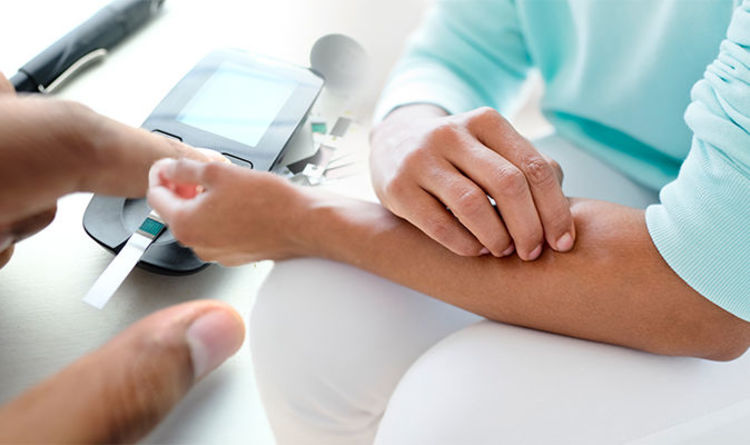Diabetes mellitus is a condition in which excess sugar circulates in your blood due to low levels of insulin production or when your cells stop responding to insulin. Diabetes can affect virtually every organ of your body, including the skin.
In this article, we will discuss skin conditions caused by diabetes. If you are diabetic and have any skin condition, you should consult a skin specialist. You can consult a Skin specialist in Lahore.
Necrobiosis Lipoidica
Necrobiosis lipodoica refers to an oval patch that gradually increases in size. It commonly occurs on the legs and shin. The patch border is red, and the central area turns yellow. The blood vessels become prominent.
Necrobiosis lipoidica is not painful and can resolve spontaneously, leaving behind scars.
Granuloma Annulare
These are red-Coloured small raised patches (papules) on the skin. Most commonly, they occur in the hands and feet. They can shrink on their own, without any residual scars.
Diabetic Bullae
Also known as bullosis diabeticorum, is the presence of large blisters- known as bullae on the skin. These are non-inflammatory blisters and mostly heal spontaneously in 2-5 weeks. However, they can recur in different locations on the body.
Acanthosis Nigricans
Acanthosis Nigricans refers to dark-colored velvety plaques, most commonly the armpits and the neck. They can also occur on the groin, the belly button, and the hands.
Acanthosis Nigricans can also be seen in different health conditions apart from diabetes, like cancers, obesity, Cushing syndrome, polycystic ovarian syndrome, etc.
Candidiasis
Candidiasis occurs due to a fungus called candida. The infection typically grows when the body’s immunity is suppressed, as in poorly controlled diabetes.
Candida can affect different parts of the body, like the mouth or genitals. It represents white, curd-like material or pus-filled bumps on the skin, along with redness.
Candidiasis infection can be treated with antifungal ointments or oral antifungal drugs.
Malignant Otitis Externa
Malignant otitis externa is an ear infection caused by a bacteria called Pseudomonas Aeruginosa. It is rapidly progressive and severe and can cause serious complications. It results in death in more than half of cases if prompt treatment is not initiated. It can spread and infect the surrounding bone, cartilage and even spread to the brain, causing meningitis.
Diabetic Dermopathy (Shin Spots)
It is the most common skin manifestation in diabetic individuals- characterized by small red-brown patches on the shins. They are asymptomatic, and no treatment is required for these spots.
Diabetic Eruptive Xanthomas
It refers to the formation of yellow raised patches with red borders. These patches are asymptomatic and do not cause any pain. However, they can cause itching. They occur when the diabetes is uncontrolled with high cholesterol levels.
Common locations of these patches are the arms, legs, shoulders, and buttocks. These patches reduce when glucose and lipid levels are controlled.
Foot Ulcer
It is a condition that occurs when trauma occurs to the foot in diabetic individuals. Diabetes affects the nerves (neuropathy) that reduce the sensations from different parts of the body. Therefore, trauma to the foot may go unnoticed. Moreover, problems with the blood vessels and infections can complicate the condition further and make treatment difficult.
A diabetic foot ulcer is very serious, and the risk of amputation is eight times great after a foot ulcer develops, leaving life-long complications.
Lipoatrophy
These are depressed areas on the skin at the injection site, six months to two years after starting insulin. It is common in women and children.
Lipohypertrophy
They refer to soft lumps under the skin at the site of frequent injection. They can be treated by frequently changing the site of injection.
Conclusion
Skin conditions in diabetes vary in severity. On one side of the spectrum, some problems are benign, that resolve on their own. They usually require no treatment. On the other hand, some skin conditions are serious, if left untreated, may require amputation, and can prove fatal. Therefore, timely diagnosis and treatment remain of paramount importance in any skin problem in diabetic people. If you have diabetes and notice any skin condition, you should consult a dermatologist for further evaluation. You can consult a Dermatologist in Ittefaq Hospital.



